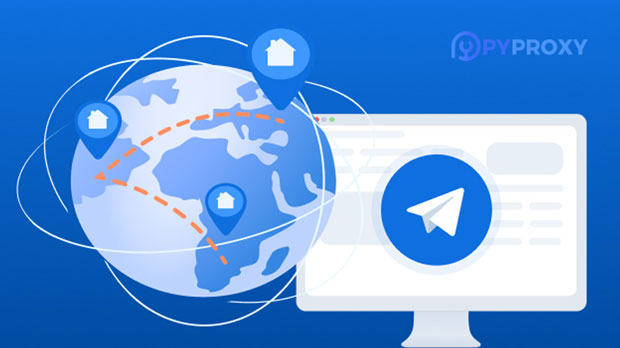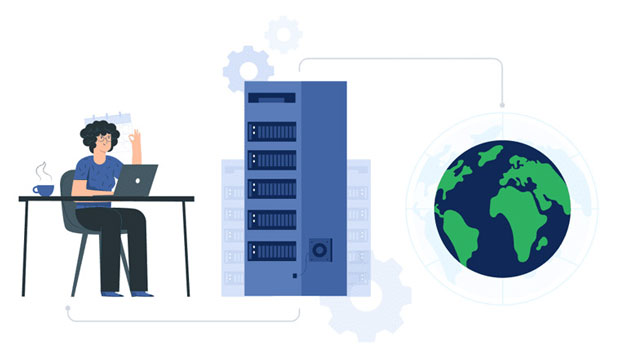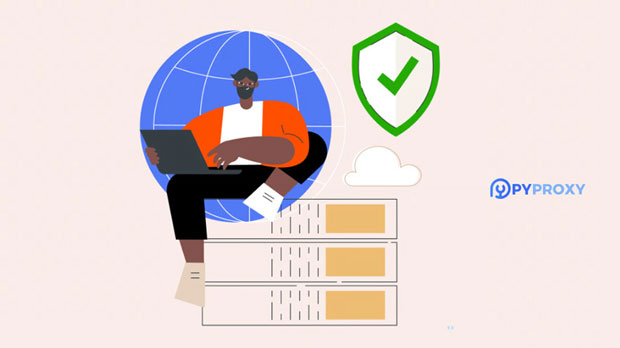In today's digital age, online privacy and anonymity are increasingly important. With hackers, data miners, and government surveillance entities constantly looking to monitor our online activities, many individuals are turning to various tools to safeguard their privacy. One of the most effective methods for maintaining a high level of anonymity is by using a socks5 proxy. SOCKS5 is a protocol that allows for better privacy protection by routing your internet traffic through a third-party server, masking your real IP address. In this article, we will explore how you can leverage socks5 proxies to improve your online anonymity, how it works, and its benefits over other types of proxies. We will also discuss potential pitfalls and considerations for ensuring that your anonymity is truly strengthened. What is SOCKS5 Proxy?SOCKS5 is a type of proxy server that acts as an intermediary between your device and the internet. Unlike other proxies, SOCKS5 does not modify or filter traffic data, which allows it to support a wider range of internet activities, including P2P sharing, gaming, and accessing blocked content. The protocol works by forwarding your internet requests to a remote server, which then sends them to the intended destination on your behalf. This means that websites or online services only see the IP address of the socks5 proxy server, not your actual IP address.One of the main reasons SOCKS5 is preferred for anonymity is its ability to handle various types of traffic, such as HTTP, FTP, SMTP, and even P2P protocols. This flexibility allows for more secure and private browsing, file sharing, and communication.How Does SOCKS5 Improve Anonymity?The core function of a SOCKS5 proxy is to mask your real IP address by routing your traffic through a proxy server. Here are the key ways in which SOCKS5 enhances your online anonymity:1. Hiding Your IP AddressBy connecting to a SOCKS5 proxy server, your real IP address is hidden from the websites and online services you interact with. Instead, your activities are traced back to the proxy's IP address, making it much harder for anyone to identify your geographical location, identity, or online actions. This is especially useful for individuals who want to maintain privacy when accessing sensitive information or performing activities that require confidentiality.2. Encryption of TrafficWhile SOCKS5 itself does not inherently offer encryption, it can be configured with additional encryption layers such as SSL/TLS. When combined with secure encryption protocols, SOCKS5 can provide enhanced security for your traffic, ensuring that even if someone intercepts your data, they cannot easily read or manipulate it. Encryption prevents third parties, such as hackers or government agencies, from eavesdropping on your online activities.3. Masking Your DNS RequestsWhen you access websites, your device makes DNS (Domain Name System) requests to resolve domain names into IP addresses. These requests are typically sent from your device to your ISP (Internet Service Provider), meaning they can potentially be monitored. By using a SOCKS5 proxy with a DNS configuration, your DNS requests are routed through the proxy server, effectively masking your DNS queries. This helps ensure that your ISP or any other entity cannot easily track the websites you are visiting.4. Bypassing Geo-RestrictionsSOCKS5 proxies also help mask your physical location, making it easier to bypass geo-restrictions. Whether you want to access region-specific content or avoid censorship, SOCKS5 allows you to choose a proxy server located in a different country, giving you the ability to access websites or services that would otherwise be unavailable in your region. This can be especially useful for accessing content from streaming platforms, news websites, or government portals that impose geographical restrictions.5. Flexibility for Diverse Traffic TypesUnlike traditional HTTP proxies that are limited to web traffic, SOCKS5 can handle a variety of internet traffic, including email, FTP, and gaming protocols. This versatility makes it a preferred option for individuals who require anonymity across multiple online activities. For example, if you're using peer-to-peer (P2P) file-sharing platforms or engaging in online gaming, SOCKS5 offers a robust solution to ensure your anonymity across these different protocols.Advantages of SOCKS5 Over Other Proxy Types1. Superior Performance and SpeedSOCKS5 tends to offer better performance compared to other proxy protocols, such as SOCKS4 or HTTP proxies. This is because SOCKS5 does not alter or filter traffic, making it faster and less prone to latency issues. This is especially important for users who need to maintain high performance when accessing websites, streaming media, or engaging in real-time activities like online gaming.2. Greater ReliabilitySOCKS5 is considered more reliable than many other proxy types due to its support for a wide range of protocols. It provides stable connections and is less likely to cause disruptions, ensuring a smooth online experience for users who need consistent anonymity while performing various internet activities.3. No Protocol or Data FilteringUnlike HTTP proxies, which often filter or block certain types of traffic, SOCKS5 proxies do not impose such restrictions. This allows users to freely engage in activities like downloading large files, using chat applications, or accessing specific websites without worrying about data restrictions or unwanted interference.Considerations When Using SOCKS5 ProxyWhile SOCKS5 offers strong anonymity and privacy, there are certain considerations that users should keep in mind:1. Security VulnerabilitiesUnlike VPNs, SOCKS5 proxies do not inherently encrypt your data. Without additional encryption layers, your traffic could be exposed to surveillance or malicious actors. To mitigate this, always ensure that your SOCKS5 proxy connection is paired with a secure encryption method (such as SSL/TLS) to safeguard your data.2. Limited Protection Against Advanced Tracking TechniquesSOCKS5 proxies offer a high degree of privacy, but they may not fully protect against more sophisticated tracking methods, such as browser fingerprinting. Websites can use browser fingerprints (unique identifiers based on your device’s hardware, software, and settings) to track your activities even if you change your IP address. Using additional privacy measures, such as privacy-focused browsers or anti-fingerprinting tools, can further enhance your anonymity.3. Trustworthy Proxy ProvidersIt is important to select a reliable and trustworthy proxy provider, as some proxies may log your online activities, undermining the very anonymity you seek to maintain. Ensure that the provider follows a strict no-logs policy to prevent the potential exposure of your data.ConclusionIn conclusion, SOCKS5 proxies provide a robust method for enhancing your online anonymity by masking your IP address, securing your traffic, and allowing you to bypass geo-restrictions. They offer improved performance, support for diverse traffic types, and greater flexibility compared to other proxy protocols. However, for maximum protection, it's important to pair SOCKS5 proxies with additional security measures, such as encryption and anti-fingerprinting techniques. By understanding how SOCKS5 works and considering the potential pitfalls, you can make the most of this powerful tool to achieve a higher level of privacy and anonymity while navigating the digital world.
Jan 09, 2025
![arrow]()




























































